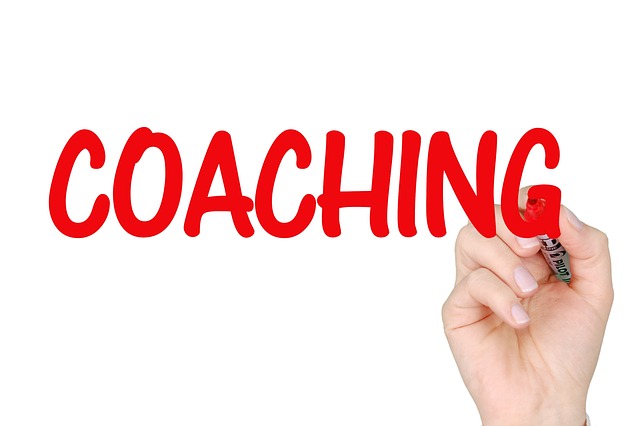
The Science and Technology of Cultivating Healthy Team Dynamics in Workplace Culture
In the modern workplace, the significance of team dynamics cannot be overstated. The interactions and relationships within a team shape not only project outcomes but also the overall atmosphere of the organization. Understanding the science behind these dynamics can empower HR professionals to foster a more collaborative and productive work environment.
At the core of effective team dynamics is the psychology of human behavior. Research indicates that positive team interactions lead to higher levels of job satisfaction and employee engagement. This is where the science of social psychology plays a pivotal role. When team members feel valued and understood, their trust in each other grows, paving the way for open communication and innovative problem-solving. Cultivating this atmosphere involves strategies rooted in behavioral science, such as active listening, constructive feedback, and recognition of individual contributions.
However, the technology we integrate into our workflows also plays a crucial role in shaping these interactions. Digital tools like collaboration software and project management applications can enhance communication, making remote teamwork as effective as in-house gatherings. By investing in these technologies, organizations can break down geographical barriers, allowing for diverse talents to collaborate seamlessly. Additionally, analytics platforms offer HR departments valuable insights into team performance and dynamics, enabling informed decision-making to improve workplace culture.
Moreover, emerging technologies like AI and machine learning can be harnessed to assess team behavior patterns. For instance, by analyzing communication styles through data collected from chat tools, an organization can identify potential friction points or areas needing improvement. This proactive approach allows HR professionals to implement targeted programs that cater to specific team needs, thus promoting healthier team dynamics.
Creating a thriving workplace culture requires a delicate balance between science and technology. As HR leaders, it’s essential to foster emotional intelligence alongside technical skills. Workshops and training programs focused on interpersonal skills should be integrated alongside technical training, ensuring that team members are not only proficient in their jobs but also able to connect authentically with their peers.
In essence, the journey towards nurturing effective team dynamics in the workplace is a multifaceted endeavor. By employing scientific principles and leveraging technological advancements, organizations can cultivate a culture that not only prioritizes productivity but also values each individual’s contribution. The result? A cohesive team ready to tackle challenges head-on with enthusiasm and creativity.



